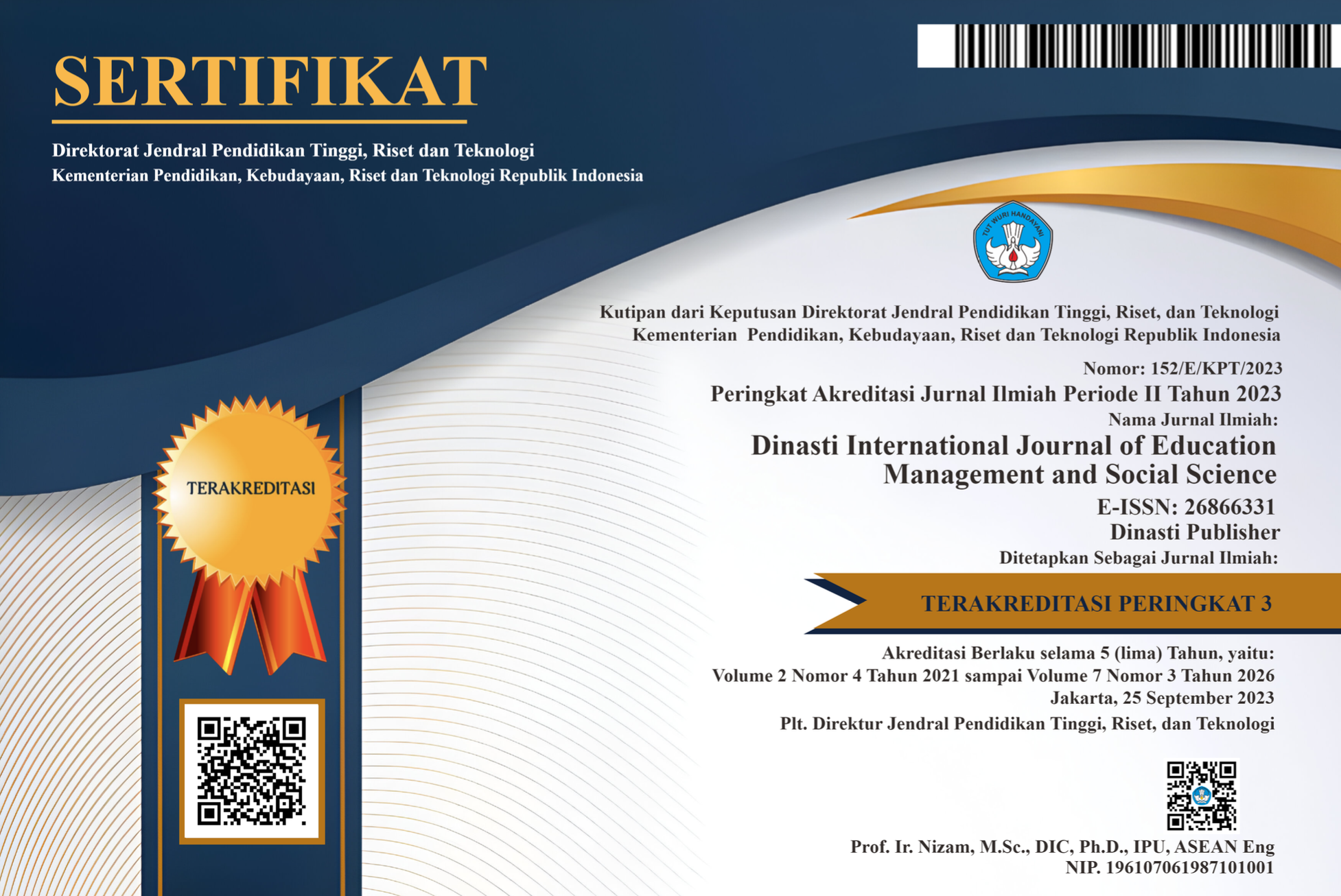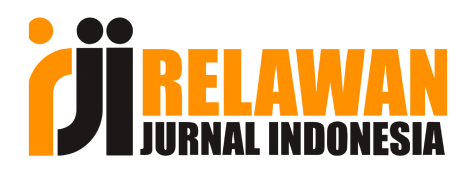The Influence of Competence and Transformational Leadership on Employee Performance with Performance Motivation as A Mediating Variable in A State-Owned Enterprise Company (BUMN) Managing Water Resources
DOI:
https://doi.org/10.38035/dijemss.v6i5.4640Keywords:
Competence, Transformational Leadership, Employee Performance, Work MotivationAbstract
This study aims to examine the effect of competence and transformational leadership on employee performance, as well as the role of work motivation as a mediating variable, in the context of a state-owned company managing water resources, namely Perum Jasa Tirta II. The background of this research is the stagnation of employee performance that occurs despite policy changes and increasing demands for professionalism. The research method used is a quantitative approach with descriptive and verification designs, using data from 222 respondents analyzed through Partial Least Squares-based Structural Equation Modeling. The results showed that competence has a positive and significant effect on work motivation and employee performance, and work motivation is able to mediate the relationship between competence and performance. Meanwhile, transformational leadership only has a weak effect on performance and is insignificant on work motivation, and does not have a significant indirect effect on performance through motivation. In conclusion, competency development is more effective than the transformational leadership approach in improving employee performance in BUMN managing water resources.
References
BPMI Setpres. (2024, October 20). Presiden Prabowo Tegaskan Swasembada Pangan dan Energi sebagai Prioritas Utama. BPMI Setpres. https://www.presidenri.go.id/siaran-pers/presiden-prabowo-tegaskan-swasembada-pangan-dan-energi-sebagai-prioritas-utama/
Cohen, J. (1988). Statistical Power Analysis for the Behavioral Sciences (2nd ed.). Hillsdale, NJ: Lawrence Erlbaum Associates, Publishers.
Fahlevi, M. (2021). Mediating effect of motivation on employees’ performance in a private hospital, Indonesia. IOP Conference Series: Earth and Environmental Science, 729(1), 012001. https://doi.org/10.1088/1755-1315/729/1/012001
Ghozali, I. (2015). Partial Least Squares: Konsep, Teknik, dan Aplikasi Menggunakan Program SmartPLS 3.0. Universitas Diponegoro.
Hair, J. F., Black, W. C., Babin, B. J., & Anderson, R. E. (2014). Multivariate Data Analysis. Pearson Education.
Hair, J. F., Ringle, C. M., & Sarstedt, M. (2011). PLS-SEM: Indeed a Silver Bullet. Journal of Marketing Theory and Practice, 19(2), 139–152. https://doi.org/10.2753/MTP1069-6679190202
Henseler, J., Ringle, C. M., & Sinkovics, R. R. (2009). The use of partial least squares path modeling in international marketing (pp. 277–319). https://doi.org/10.1108/S1474-7979(2009)0000020014
Kementerian PU. (2025). Tugas & Fungsi Ditjen Sumber Daya Air. Kementerian PU. https://www.jasatirta2.co.id/tentang
Lianasari, M., & Ahmadi, S. (2022). Pengaruh Kompetensi dan Lingkungan Kerja Terhadap Kinerja dengan Motivasi Kerja sebagai Variabel Intervening. Fokus Bisnis Media Pengkajian Manajemen Dan Akuntansi, 21(1), 43–59. https://doi.org/10.32639/fokbis.v21i1.106
Marliana, R. R. (2019). Partial Least Square-Structural Equation Modeling Pada Hubungan Antara Tingkat Kepuasan Mahasiswa Dan Kualitas Google Classroom Berdasarkan Metode Webqual 4.0. Jurnal Matematika, Statistika Dan Komputasi, 16(2), 174. https://doi.org/10.20956/jmsk.v16i2.7851
McCarthy, J. F., & Obidzinski, K. (2015). Responding to food security and land questions: Policy principles and policy choices in Kalimantan, Indonesia. International Institute of Social Studies, 1(47), 1–16. https://hdl.handle.net/10535/10021
Nugroho, H. Y. S. H., Indrawati, D. R., Wahyuningrum, N., Adi, R. N., Supangat, A. B., Indrajaya, Y., Putra, P. B., Cahyono, S. A., Nugroho, A. W., Basuki, T. M., Savitri, E., Yuwati, T. W., Narendra, B. H., Sallata, M. K., Allo, M. K., Bisjoe, A. R., Muin, N., Isnan, W., Ansari, F., … Hani, A. (2022). Toward Water, Energy, and Food Security in Rural Indonesia: A Review. Water, 14(10), 1645. https://doi.org/10.3390/w14101645
Nunnally, J. C., & Bernstein, I. H. (1994). The Assessment of Reliability. Psychometric Theory.
Perum Jasa Tirta II. (2025, January 20). Sejarah Perusahaan . Perum Jasa Tirta II. https://www.jasatirta2.co.id/tentang
Sugiyono. (2018). Metode Penelitian Kuantitatif, Kualitatif, dan R&D. Alfabeta.
Tecoalu, M., Tj., H. W., & Susy, S. (2022). Efek Mediasi Motivasi Kerja pada Pengaruh Budaya Organisasi dan Kepemimpinan Transformasional terhadap Kinerja Karyawan. BUDGETING?: Journal of Business, Management and Accounting, 3(2), 119–143. https://doi.org/10.31539/budgeting.v3i2.3869
Downloads
Published
How to Cite
Issue
Section
License
Copyright (c) 2025 Yanti Ariani Sumarlin, Sunardi Sembiring Brahmana

This work is licensed under a Creative Commons Attribution 4.0 International License.
Authors who publish their manuscripts in this journal agree to the following conditions:
- The copyright on each article belongs to the author(s).
- The author acknowledges that the Dinasti International Journal of Education Management and Social Science (DIJEMSS) has the right to be the first to publish with a Creative Commons Attribution 4.0 International license (Attribution 4.0 International (CC BY 4.0).
- Authors can submit articles separately, arrange for the non-exclusive distribution of manuscripts that have been published in this journal into other versions (e.g., sent to the author's institutional repository, publication into books, etc.), by acknowledging that the manuscript has been published for the first time in the Dinasti International Journal of Education Management and Social Science (DIJEMSS).















































